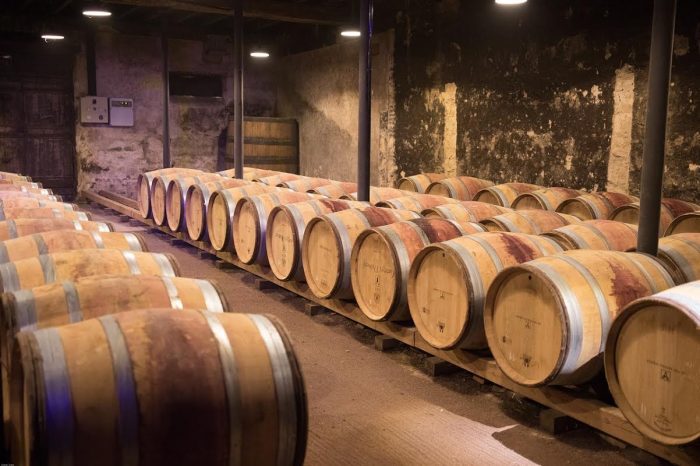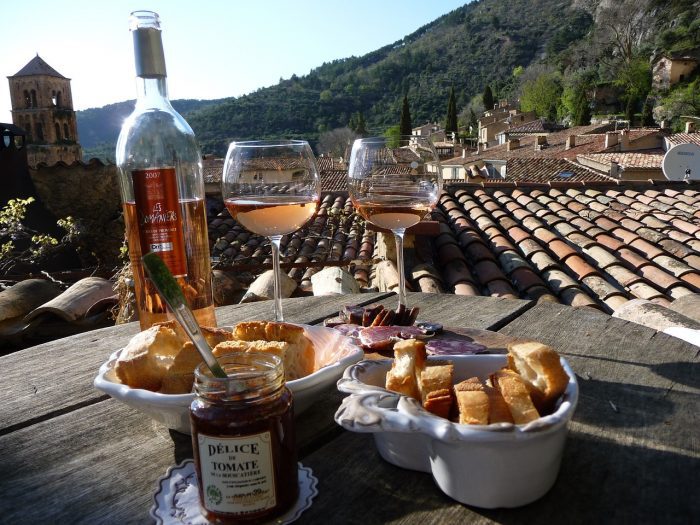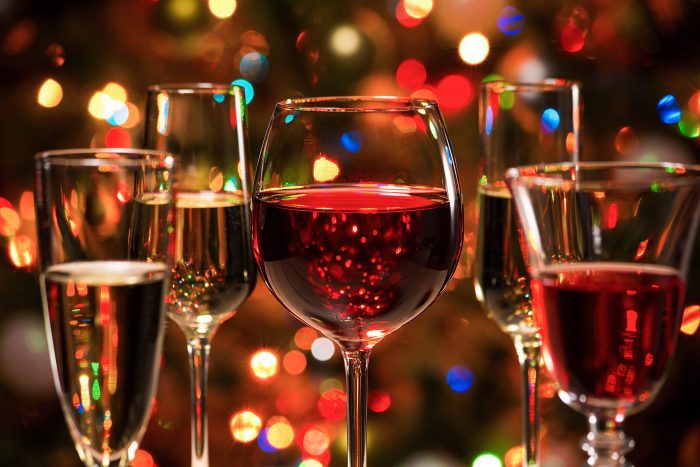By Bob Lipinski
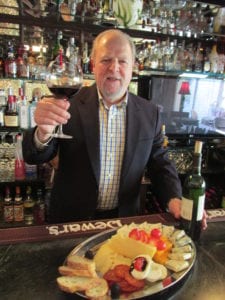
Many years ago, as a young journalist, I often heard that Beaujolais was intended to be drunk while still very young, and if over a year old, lost its appeal and charm and is best forgotten. Older journalists jokingly referred to Beaujolais Nouveau as ‘Old Veau’ once it surpassed a year of aging.
Having explored the Beaujolais wine region in France and sampled numerous “older” vintages, I can confirm that the earlier advice was inaccurate. Interestingly, some Beaujolais wines can still be enjoyed after ten years of aging. During a visit to Beaujolais, I had the chance to taste some truly spectacular wines that were approaching 15 years old.
Beaujolais wine is made from the Gamay grape, known for its light-bodied fruity character and flavors of berries (raspberry and strawberry), red cherries, candy-apples, watermelon, and others.
Yet, when the Gamay grape is grown in the northern topography on hillside properties, the wines become riper, fuller-bodied, and more complex. These wines are often aged in wooden barrels for several years, losing much of their grapey character.
Beaujolais wine is grouped into three levels depending on quantity, quality, and price. Beaujolais (also Beaujolais Nouveau), Beaujolais-Villages, and Beaujolais Cru. Beaujolais-Villages is sourced from 38 villages in the north, known for its superior quality and subsequent higher price. The crus of Beaujolais, originating from 10 specific northern villages, are intended for aging and are of the highest quality.
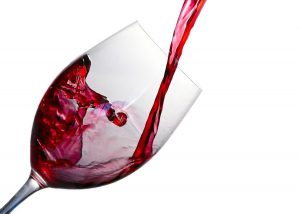
My Beaujolais tasting notes are:
2019 Georges Duboeuf “Beaujolais Nouveau.” It lost some of its intense fruit because of age. Bright ruby color with a light and fruity aroma and flavor of red candy, raspberries, and cranberry, with a tart-berry aftertaste.
2021 Domaine Romy “Les Pierres Dorées” (Territory of Golden stones) Beaujolais. Cherry color with a fruity aroma and flavor of raspberries, spicy cherries, tart berries, and red currants. There are hints of black pepper and plums in the aftertaste.
2019 Prunelle de Navacelle “Beaujolais Lantignié” (Beaujolais-Villages). (Aged 12 months in oak). Floral bouquet and taste of spicy black fruits, herbs, jam, and mushrooms. Nice amount of acidity with hints of strawberries, earth, leather, and hibiscus.
2019 Stephane Aviron Moulin-à-Vent “Vieilles Vignes” Beaujolais. Ruby-colored with an impressive bouquet and taste of black cherry, boysenberry, black currants, and bittersweet chocolate. Medium-bodied with hints of wild strawberry, spices, black pepper.
2018 Louis Latour “Beaujolais-Villages.” Medium-deep color with a fruity bouquet and taste of cranberry, raspberry, and black cherry. Additional flavors of almonds, plums, and jam are balanced by crisp acidity.
Bob Lipinski is the author of 10 books, including “101: Everything You Need To Know About Whiskey” and “Italian Wine & Cheese Made Simple” (available on Amazon.com). He consults and conducts training seminars on Wine, Spirits, and Food and is available for speaking engagements. He can be reached at www.boblipinski.com OR [email protected]

